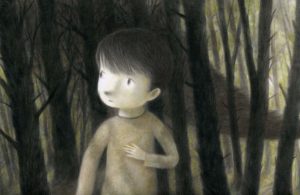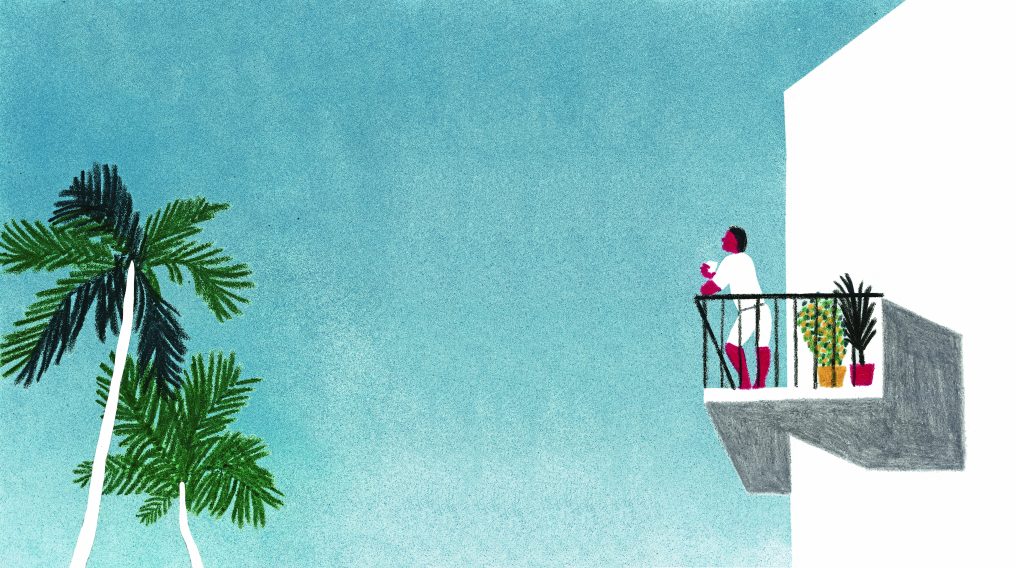
This August, we are thrilled to welcome internationally acclaimed illustrator and picture book artist Valerio Vidali to Istanbul for a special workshop hosted by Shhhbooks. Known for his poetic visual language and emotionally layered narratives, Vidali’s work gently dissolves the boundaries of children’s literature. His books invite us not only to read — but to pause, to feel, and to dwell.
Before the workshop begins, we asked him a few questions about his creative process, the evolving world of illustration, and the silent, powerful language of images. His answers remind us that picture books are not only for reading — but for feeling.
1. Hello dear Valerio! What do you do with silence?
What role do white space and the unsaid play in your images?
I do almost everything that requires reflection in silence.
While working, I usually listen to music, old films, or podcasts — but only in the final stage of a project, when all the important decisions have already been made.
In a picture book, silence is the space where the reader breathes. It’s where emotion has room to grow.
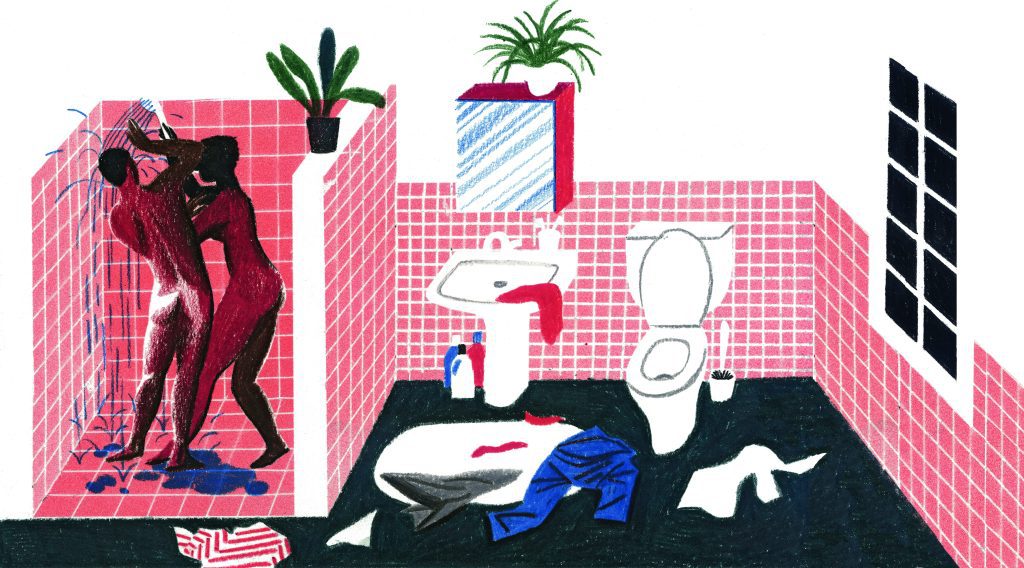
2. Does a book begin with a picture — or a feeling?
What sparks the very first trace: a shape, a color, a memory?
Every book is different, and the process varies. But for me, it almost always begins with the feeling the story provokes.
The emotion is the soul of the project. You start from there and build around it: the color palette, the character design, the composition, the sequencing, the format, the style.
All the other decisions are like the bricks, beams, windows, doors, and roof of the house you’re building.
Whether the house feels harmonious depends on how well you’ve constructed it — but as long as emotion lives inside, it will always be a house worth visiting.
3. Does a children’s book need to be childish?
How do you speak to both children and adults through images?
A children’s book needs to be accessible, honest, and emotionally true.
I think most of those adjectives — at least two — apply to all good literature.
Many adults have forgotten how to truly look at and read images.
As children, we naturally read emotions in faces, invent stories from shapes, and feel entire worlds in a color or gesture. But as we grow, we prioritize words, logic, and speed — and we stop giving images the time they need.
A good picture book — especially for children — can gently remind adults how to see again. It invites them to slow down, to reconnect with that intuitive visual language they once knew.
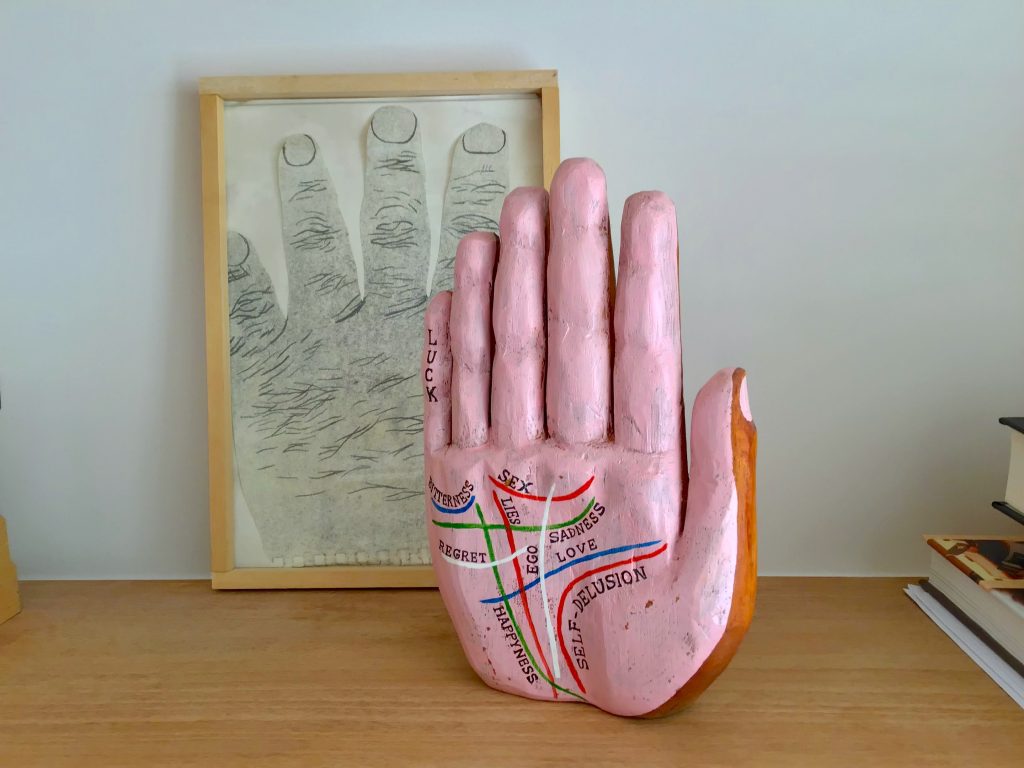
4. Has your drawing changed — because you did?
Was there a moment when your style shifted? Why?
It has — absolutely — many times. And I assume it will continue to do so as I grow older.
Why? Because I’m alive. I get bored, my interests change, I learn new things and forget others.
5. Is it a story — or a feeling — you’re after?
What lies at the heart of your visual storytelling?
As an illustrator, I am at the service of the text.
I need to absorb the story — love it, digest it — and then recreate it through my own voice.
As an author, what I’m after is the pleasure I find in the process itself — what makes me fall in love with the project.
Is it the intricate rhythm of the narrative? Or the mechanical joy of using my hands?
Whatever it is, the result will only be satisfying if it’s made with heart and sentiment.
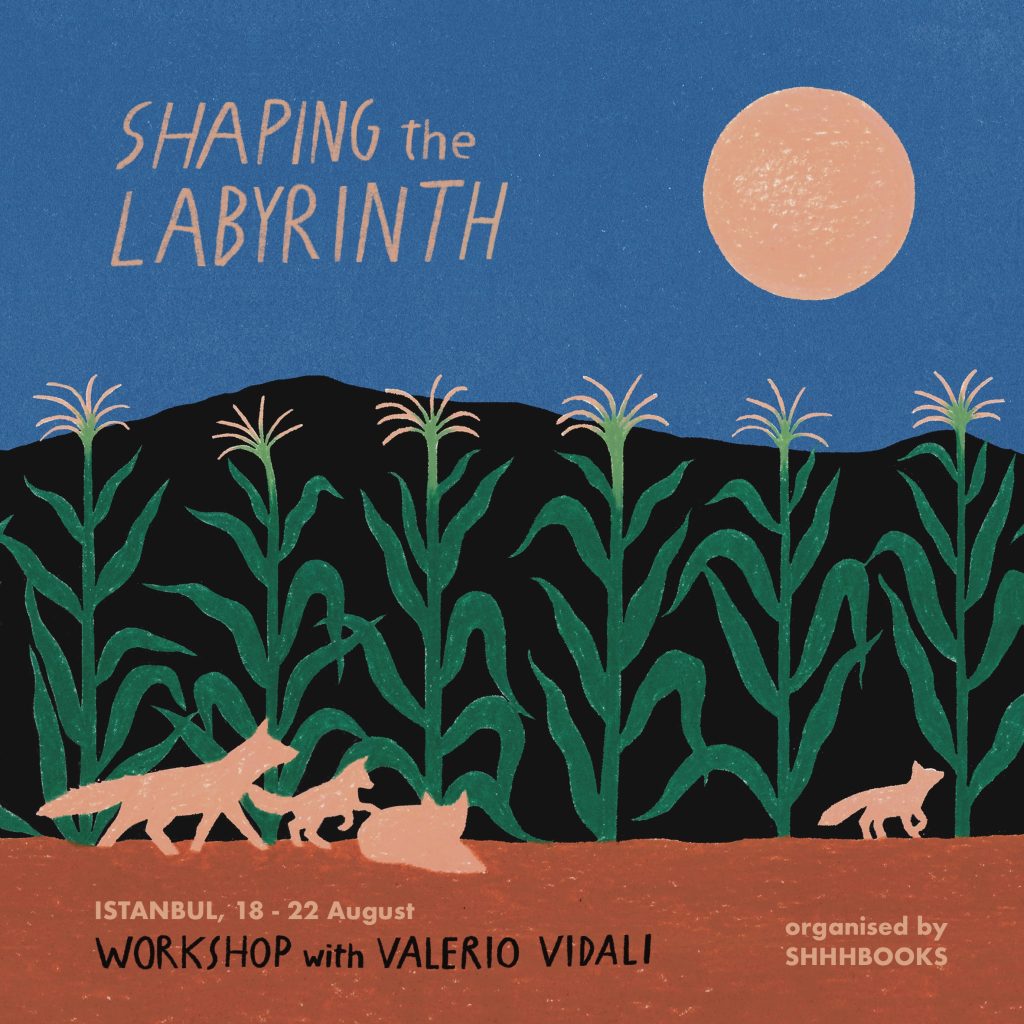
6. What do you hope to find in your workshop?
What excites you about working with new voices?
A workshop is a chance to discover new things — about yourself and your work.
Other people can be a mirror, an inspiration, and a teacher.
Illustration can be a solitary profession, so it’s important to seek out moments like these.
Show your work, share your experiences and creative struggles, and see how others are facing — and overcoming — their own.
On top of that, you meet all sorts of interesting and lovely people.
7. When does a book become more than a book?
How do you see picture books connecting with other forms of art?
I think a book becomes more than a book when it fills a space inside the reader — when it becomes part of their identity, their taste, their emotional memory.
Each of us is a puzzle made of billions of pieces, and many of those pieces — whether we remember it or not — are the books we’ve loved.
The same can be said of any form of art.
Art is only truly Art when it resonates within a human being — when it stirs something quiet and lasting inside us.
It’s a pleasure to chat with you. Thank you very much for your time!
Stay tuned for the Valerio Vidali workshop in Istanbul and discover more on Shhhbooks.
Who is the artist?
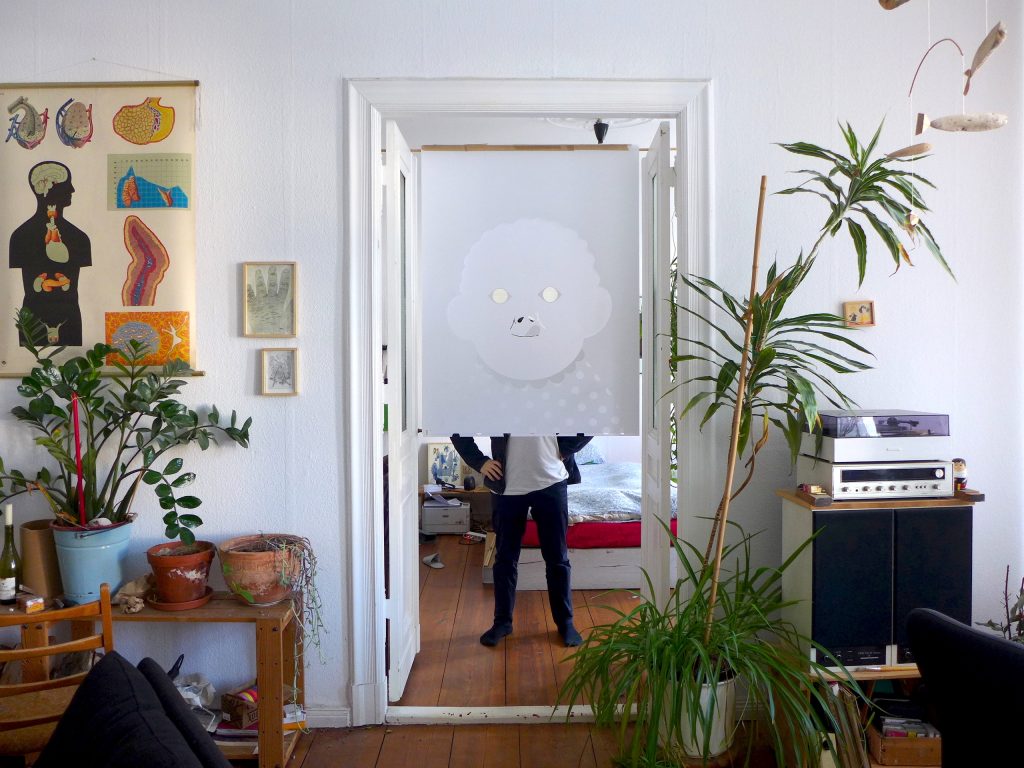
Valerio Vidali (born 1983, Lodi, Italy) is an award-winning Italian illustrator and picture-book author. He graduated in Illustration from the European Institute of Design in Milan (2004). His vibrant, expressive artwork has earned international acclaim, including the ILUSTRARTE Grand Prix (Portugal, 2012), CJ Picture Book Award (Korea, 2012), and numerous selections at Bologna Children’s Book Fair, Bratislava Biennial, and the American Society of Illustrators.
Vidali’s picture books have been honored twice by The New York Times as Best Illustrated Children’s Books—for Jemmy Button (2013) and The Forest (2018) He also received recognition at the Bologna Children’s Book Fair and in exhibitions worldwide His later work, Hundred (Kein & Aber, 2018), was nominated for the German Children’s Literature Prize.
Valerio’s books—such as Jemmy Button, The Shadow Elephant, Telephone Tales, and The Walk of the Field Mouse—have been published across Europe, North and South America, and Asia. His art is noted for its exploration of themes like travel, emotion, nostalgia, and human experience, often developed through experimental processes and diverse mediums.
Born in Lodi, he has lived and worked in Milan, Berlin, and now Porto, Portugal. He enjoys visiting botanical gardens and, in his spare time, building kites that humorously “don’t fly”

